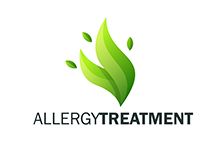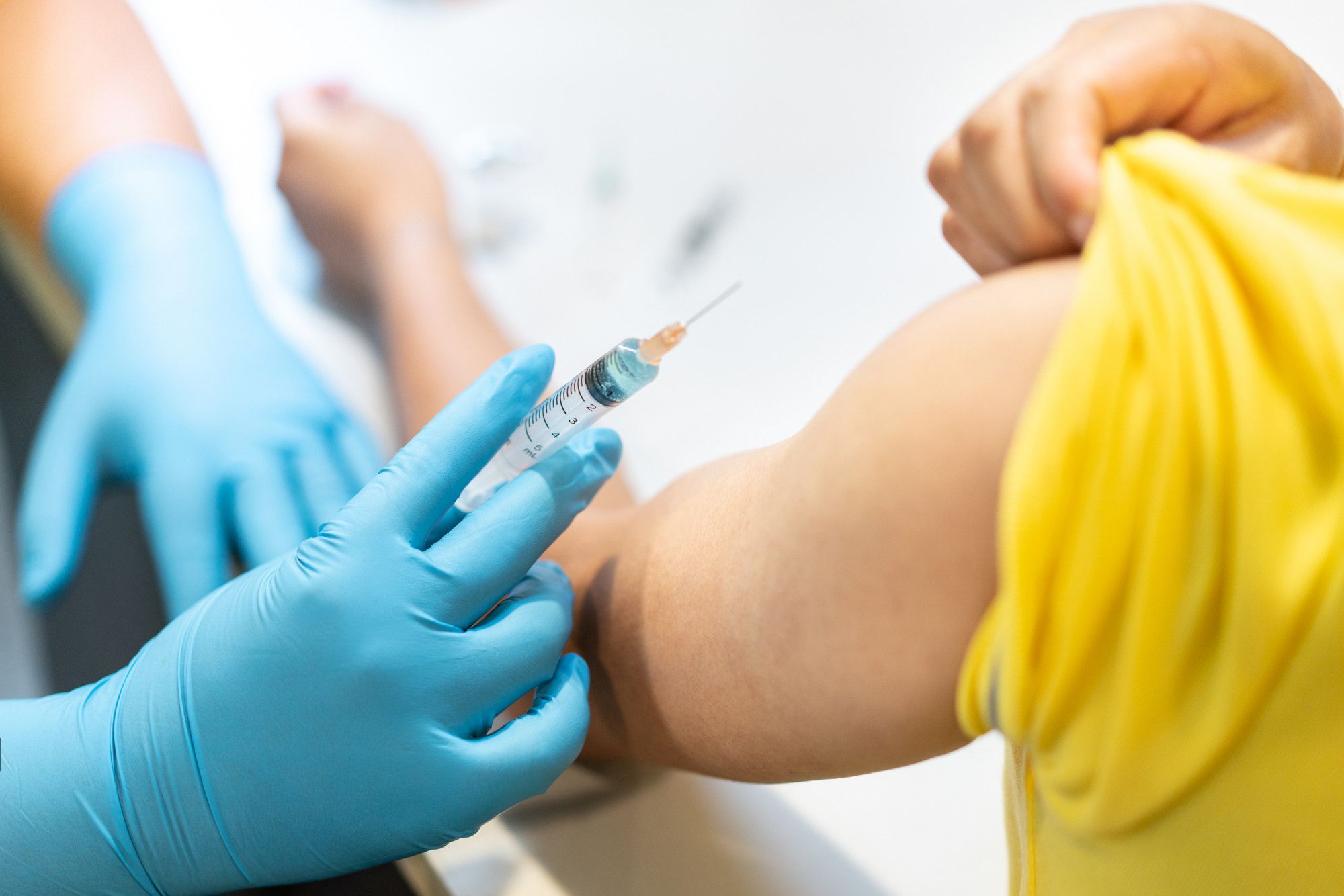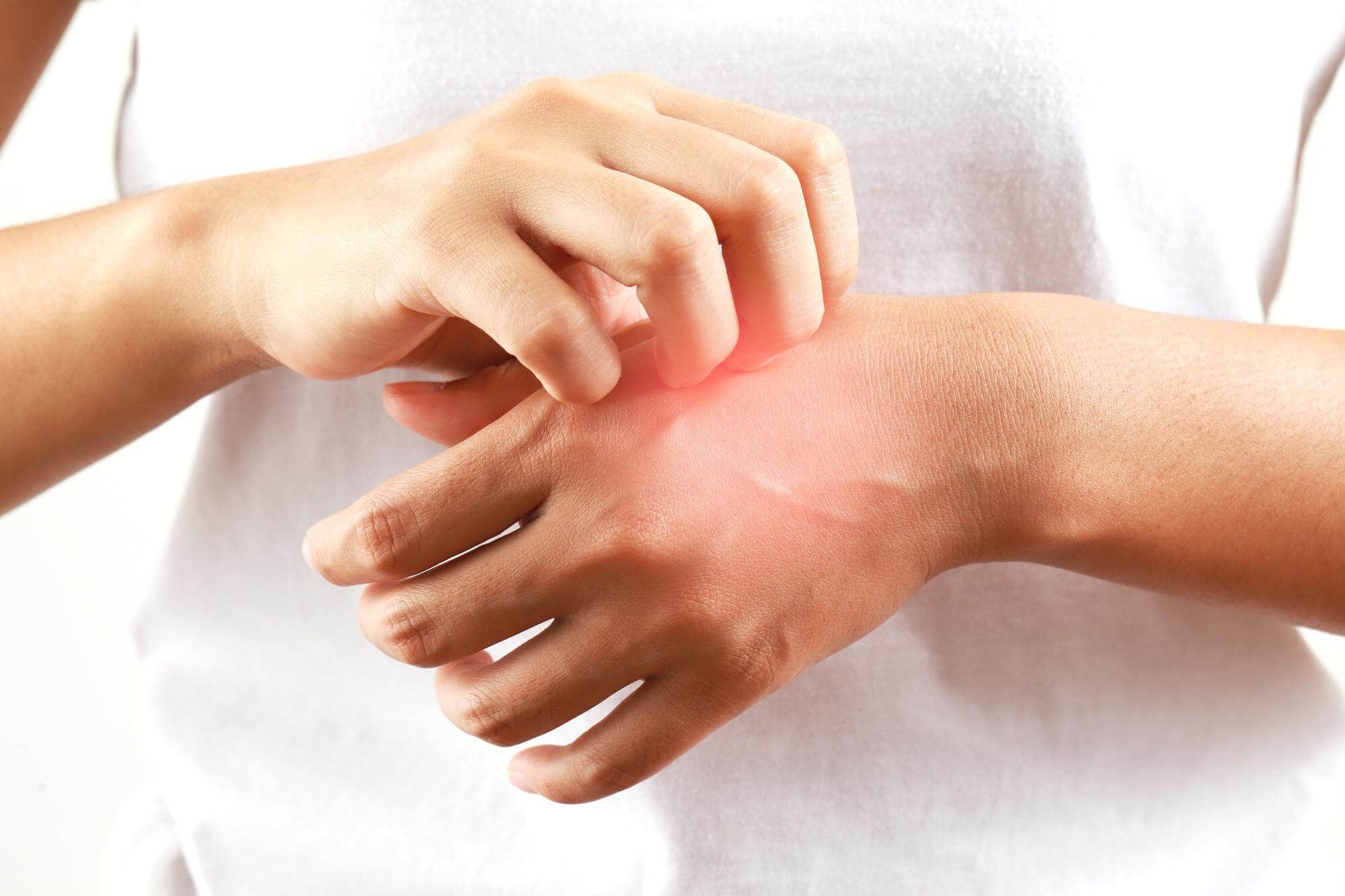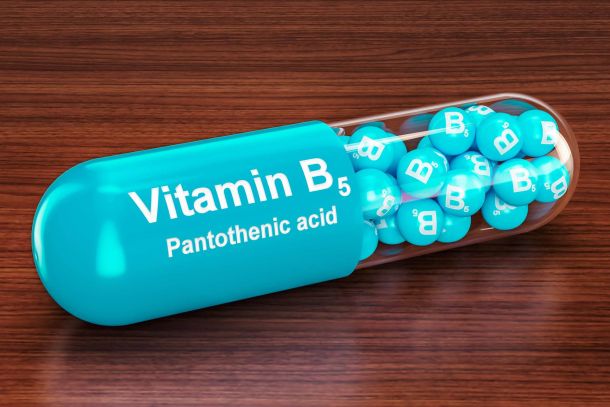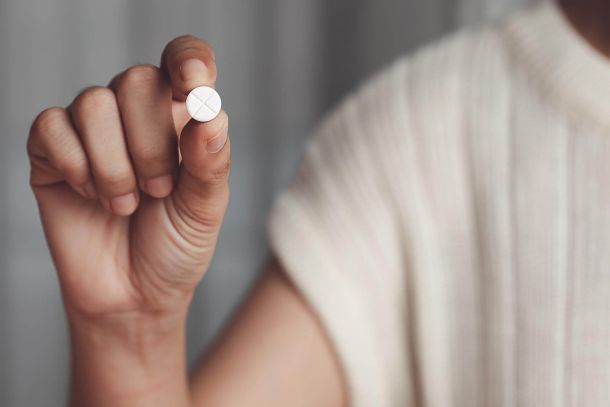How to deal with gel polish allergy?
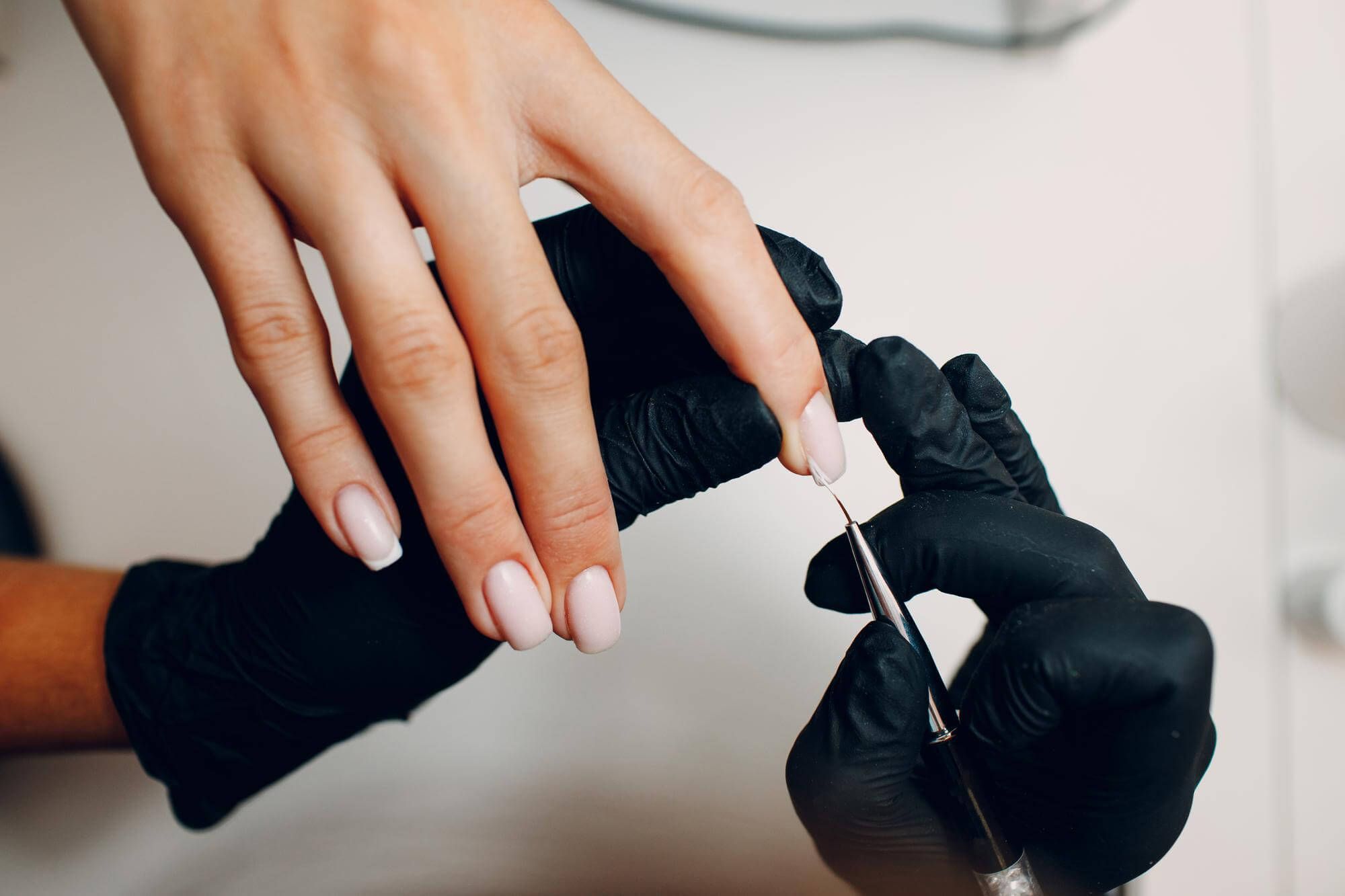

Irina Makarova
What is an allergy to gel polish?
An allergy to gel polish is an allergic reaction of the body to the chemical substances contained in the nail gel polish. This reaction manifests itself in the form of skin symptoms and can occur after a manicure using gel polish or shellac. Many people suffer from allergies to gel polish, especially those who regularly do manicures and nail extensions.
Causes of allergy to gel polish
- The main cause of an allergy to gel polish is the chemical components contained in its composition. The most common allergens are acrylates, methacrylates, and other synthetic substances. Sometimes an allergy can occur to the drying lamp if it contains chemical elements that cause an allergic reaction.
- Some people have a predisposition to allergies to gel polish due to their individual intolerance to chemical substances. In this case, the allergy can manifest itself even after the first application of gel polish on the nails.
- Another reason for an allergy to gel polish can be the incorrect application technique of the coating. If the master improperly prepared the nails or applied a too thick layer of gel polish, it can cause an allergic reaction on the skin of the hands and cuticles.
Symptoms of allergy to gel polish
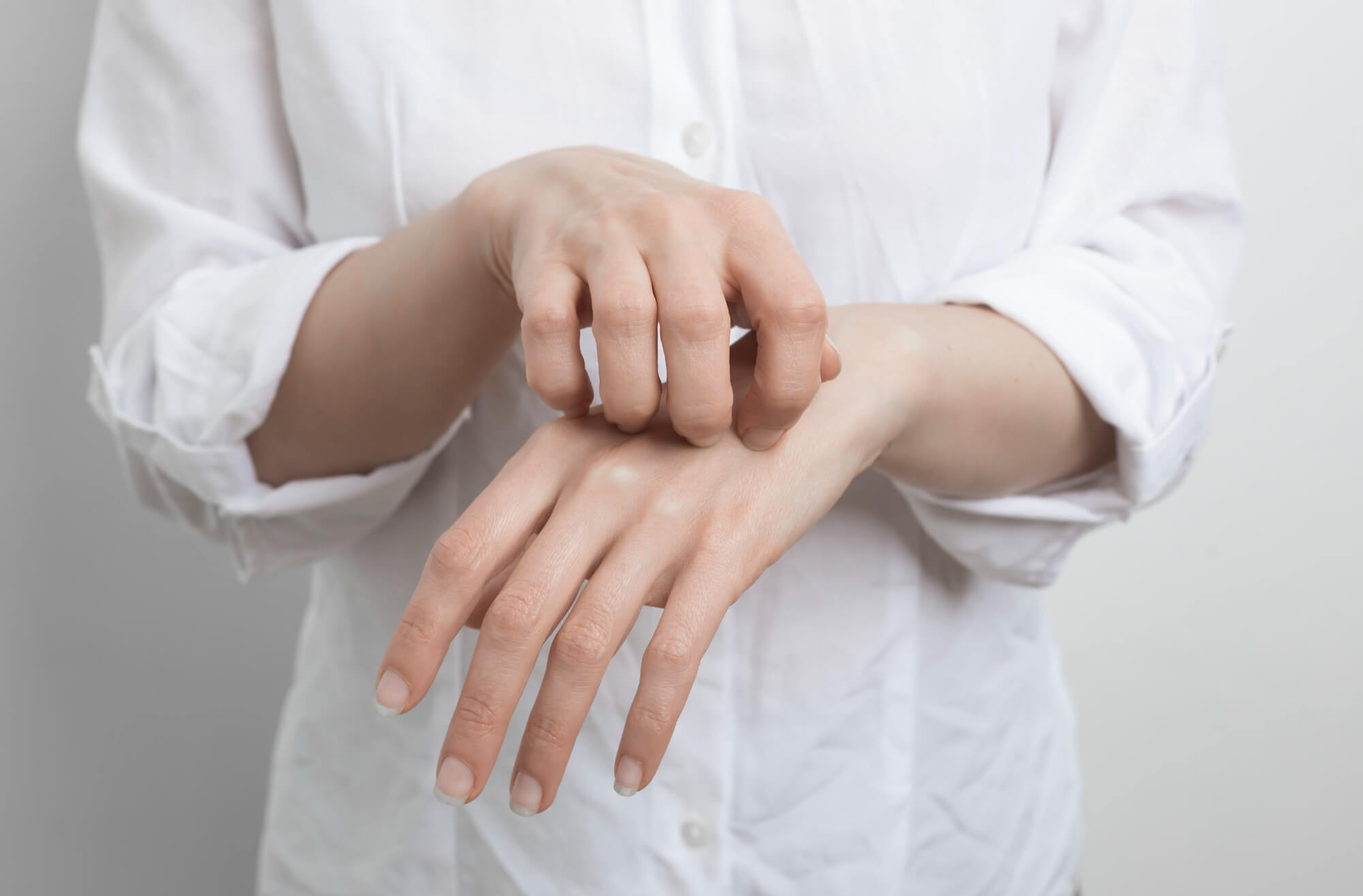
What does an allergy to gel polish look like? It can manifest in the form of red spots, rash, redness, and swelling of the skin around the nails, on the fingers, and hands.
- Swelling and redness of the skin are common symptoms of an allergy to gel polish. Sometimes the swelling can be accompanied by pain and discomfort when bending fingers.
- Itching and burning are another manifestation of an allergy to gel polish. They can be painful and cause discomfort, especially when in contact with water or chemicals. Itching can spread not only to fingers but also to hands and cuticles.
Diagnosis of allergy to gel polish
If you experience symptoms of an allergy to gel polish, you should consult an allergist. They will conduct an examination and prescribe additional tests to determine the cause of the allergy and appropriate treatment.
The doctor may prescribe tests to determine an allergy to gel polish. Such tests may include applying a small amount of gel polish to the skin and observing the body's reaction.
Differential diagnosis is necessary to exclude other diseases whose symptoms may resemble an allergy to gel polish. This may include psoriasis, dermatitis, and other skin conditions.
Treatment of allergy to gel polish
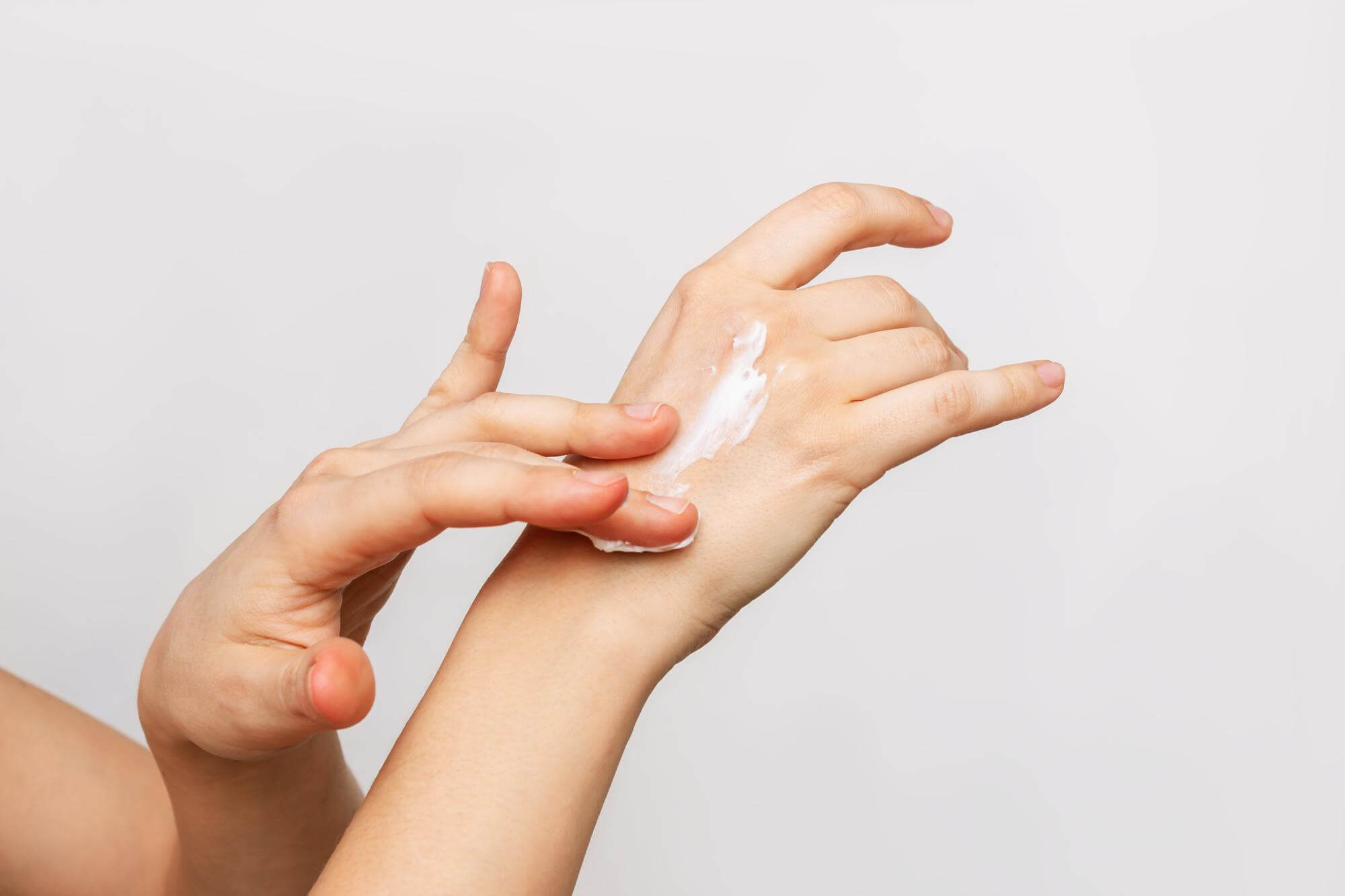
The first thing to do when experiencing an allergy to gel polish is to stop using it. Remove the coating from the nails and avoid contact with the allergen.
Antihistamines
To relieve allergic reactions and reduce symptoms such as itching and swelling, a doctor may prescribe antihistamine pills or ointments (Cetirizine, Loratadine, Fexofenadine, Desloratadine, Ebastine, Rupatadine, Levocetirizine). They can help alleviate discomfort and promote quick recovery.
Skin and nail recovery
After getting rid of an allergy to gel polish, it is important to restore the skin on your hands and the nail plate. To do this, you can use moisturizing creams, oils, and special nail strengthening products.
Itch and irritation relief
To relieve itching and irritation caused by an allergy to gel polish, you can use special products such as calamine lotion or hydrocortisone cream. They will help alleviate the symptoms and speed up the healing process of the skin.
Prevention of gel polish allergy
- To prevent allergy to gel polish, it is worth choosing hypoallergenic products with a more natural composition and without harmful chemical components. Such products can be less aggressive to the skin and nail plate.
- The use of hypoallergenic base coat before applying gel polish can reduce the risk of allergy by creating a protective layer between the nail and the gel polish.
- Pay attention to the cleanliness of the tools and the master's workplace. Thorough adherence to hygiene can prevent the development of allergy to gel polish.
- To avoid allergy to gel polish, take regular breaks between manicures to give your nails and skin time to recover.
Alternatives to gel polish
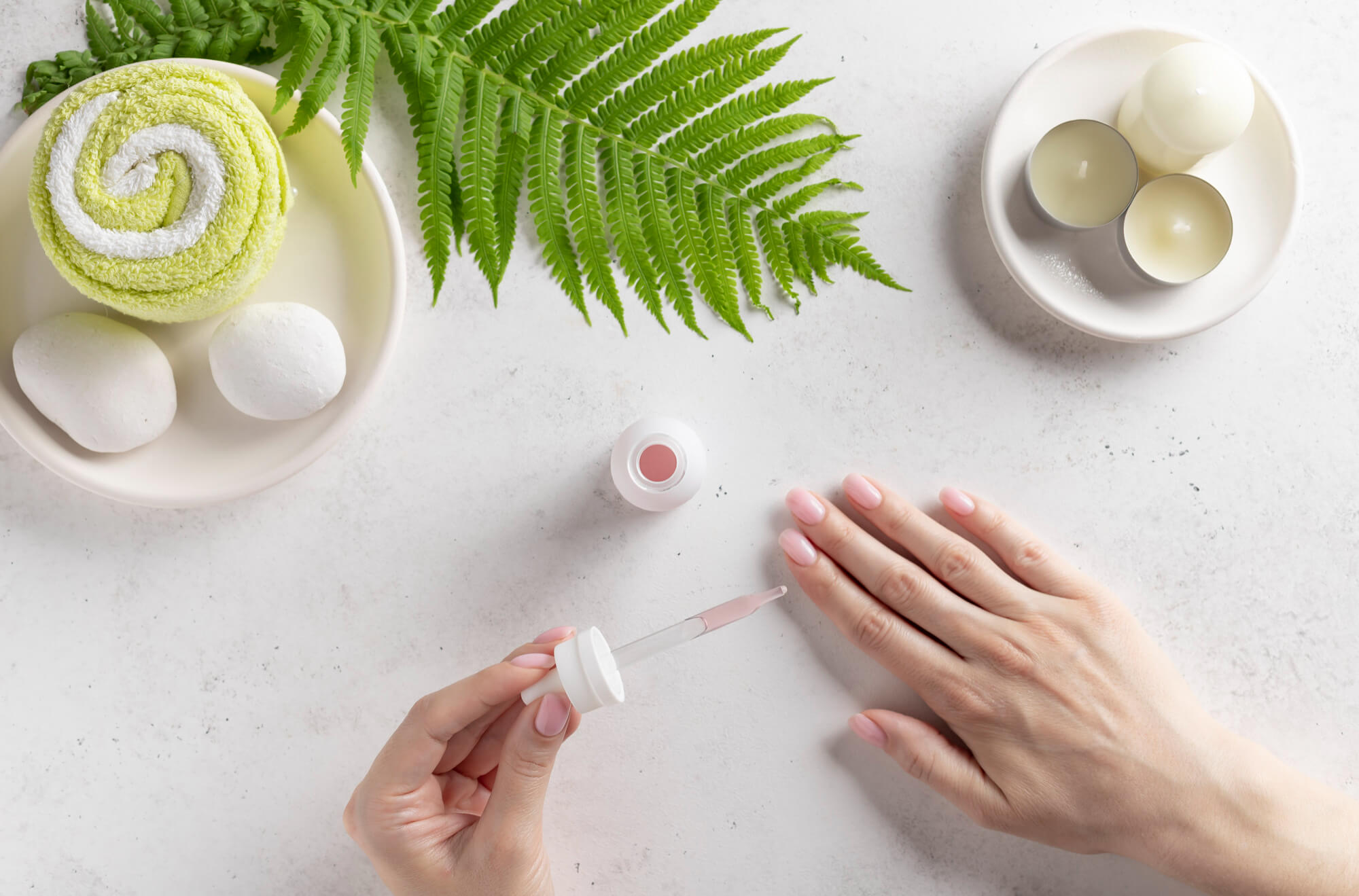
Bio-Gel
Bio-gel is a safer alternative to traditional gel polish. It has a natural composition, containing minerals and vitamins that promote nail strengthening and prevent allergic reactions.
Water-Based nail polishes
Another option is water-based nail polishes that easily wash off with water and contain fewer aggressive chemical components.
Natural nail strengtheners
Instead of using gel polish, natural nail strengtheners such as oils, healing tinctures, or special creams can be tried.
Allergy to gel polish is a fairly common phenomenon that can cause a lot of discomfort. However, knowing the causes of its occurrence, symptoms, and treatment methods, one can timely consult a doctor and take measures to eliminate the allergic reaction. Adhering to prevention rules and choosing alternative means for nail care can help avoid allergy to gel polish and maintain the health of the skin of hands and nail plates.
New materials
Popular Articles
We recommend reading
Contact us in the Contact Us section to ask questions, offer ideas, or for more information about our allergy resource.
Our articles are your trusted source of allergy knowledge. Learn how to make life with allergic reactions easier on our specialized portal.
©
Lechenie-Allergii.com. All rights reserved.
© Lechenie-Allergii.com. All rights reserved.
The information on this site is for informational purposes only and is not a substitute for professional medical advice. We recommend consulting with qualified medical professionals for accurate information and advice.
 English
English  Українська
Українська  Русский
Русский 